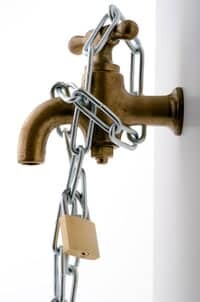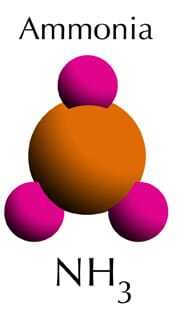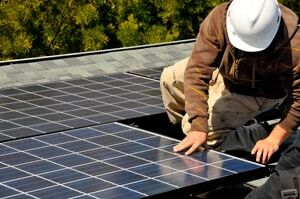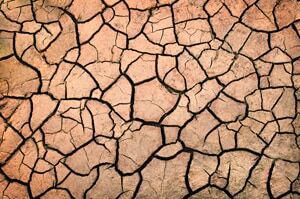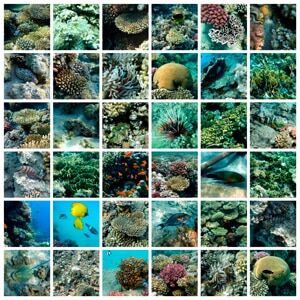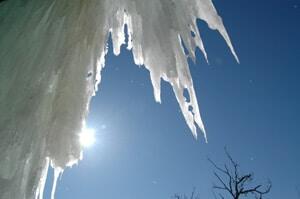 A strange thing is happening in the Unites States.
A strange thing is happening in the Unites States.
The military, typically a fairly conservative body, is starting to question its energy usage and is taking a good, hard look at its energy consumptions and expenditures. It’s a brave and revolutionary move, and it has the capacity to influence other armed forces around the world who have traditionally viewed the Unites States as a leader within the western world.
Steps are now being taken to help governments contribute to energy conservation and support of the environment through green initiatives. Not all these plans are being pursued, nor are they all being openly welcomed. However, most agree steps are needed to wean the U.S military off an unlimited use of power that relies on fossil fuels and oil and coal fired electricity.
Finding Clean and Reliable Energy
Currently, the military is pushing for each branch of service to look into the type of alternative energy amenable to them. Alternatives that are being proposed for military use include:
- Solar power
- Wind power
- Thermal energy
- Biofuels
- Synthetic fuels
- Fuel cells
This push to investigate the potential to use alternative energy can be a boon for contractors and green industries supplying new technologies. In Cincinnati on August 11, the U.S Secretary of the Army, John McHugh, said that a new energy Initiatives Office Task Force could help the armed forced transition to sourcing 25% of their energy needs from renewable sources by 2025.
It is believed that such a move would in fact lead to greater armed forces resilience and strength, given the current instability around fossil fuel use and finite supply, and would also help them to streamline their practices in keeping with the new global outlook that incorporates green practices as a key feature. Every possibility is currently being explores and the hope is to transform energy usage so that it matches the global push towards sustainability and environmental accountability
The Army estimates it will need to invest as much as $7.1 billion during the next decade to meet its renewable energy objectives. The task force will work within the military to help advance large-scale renewable and alternative energy projects on Army installations.
Costs in the future
In 2010 the U.S. military estimated its renewable energy expenses would top $1.8 billion, growing to an estimated $26.8 billion by 2030. A large portion of that expense will be for mobile applications including power for land, sea and air vehicles and portable power for soldiers in the field. A U.S. Army spokesman said the Army looks to achieve a fourth of the branch’s energy from renewable sources by 2025. The Army alone expects to invest over $7 billion over the next 10 years to meet its renewable energy goals.
In Australia, Envirosafe Solutions currently supplies to branches of the Australian Armed Forces. The Extreme Green range is an example of eco friendly liquid products that are effective, affordable and suitable for home, business, industry and families. For more information telephone (+61) 1300 88 90 70
Resources:
http://www.upi.com/Business_News/Energy-Resources/2011/08/11/US-Army-explores-green-energy-options/UPI-61141313065159/
http://www.upi.com/Business_News/Security-Industry/2011/06/13/Renewable-energy-sources-a-priority-for-military-says-report/UPI-26321307993644/?rel=61141313065159










